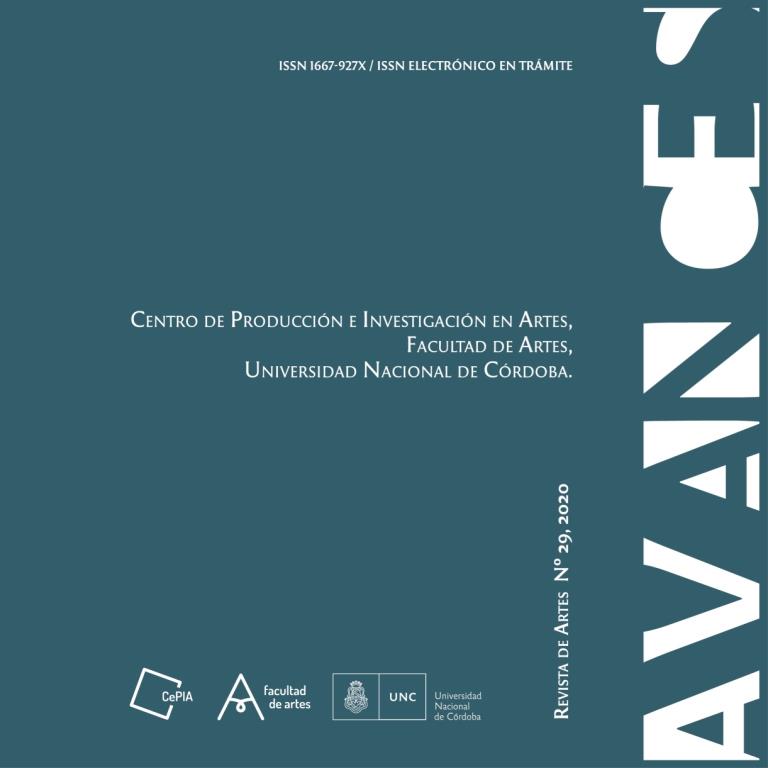‘STILE ANTICO’ AND THE DISTRIBUTION OF THE AUDIBLE: SOUNDING WHAT IS ONLY THINKABLE
Keywords:
Stile Antico, distribution of the sensible, Rancière, philosophy of musicAbstract
This paper proposes a philosophic interpretation of the breakup of stylistic unity (with its distinction between stile antico and stile moderno) of European and American Music in the 17th and 18th centuries, in terms of a “distribution of the sensible”, as proposed by Jacques Rancière. Within this framework, we examine the place of stile antico in the definition of what is religiously legitimate. For this purpose, we put forward the existence of an “ethical regime of the arts” within this context. How can music determine the relation with the divine? Which aspects of what is considered sacred are “allowed to be seen” in stile antico and which are not? What “might be said” about the sacred in this context? How legitimate stile antico is with respect to this “permission to say”? With these questions as guides, we propose the hypothesis of stile antico as a “legitimate”, “true” sacred music, which can offer a “good” imitation of the divine model, as it is “normative”, “abstract”, “unaffected”, “eternal” music.
Downloads
References
Bukofzer, M. (1986). La música en la época barroca. De Monteverdi a Bach. Madrid: Alianza.
Fubini, E. (2008). Estética de la música (trad. F. Campillo). Madrid: Antonio Machado Libros.
Monteverdi, G. C. (1607). Dichiarazione. En Scherzi Musicali a tre voci (ed. G. C. Monteverdi). Venecia: Ricciardo Amadino.
Nassarre, P. (1723). Segunda parte de la Escuela Música, 2. Zaragoza: Herederos de Manuel Roman.
Rancière, J. (2014). El reparto de lo sensible: estética y política (trad. M. Padró). Buenos Aires: Prometeo Libros.
Downloads
Published
Issue
Section
License
Copyright (c) 2020 Prof. Lucas Reccitelli

This work is licensed under a Creative Commons Attribution-NonCommercial-ShareAlike 4.0 International License.





















